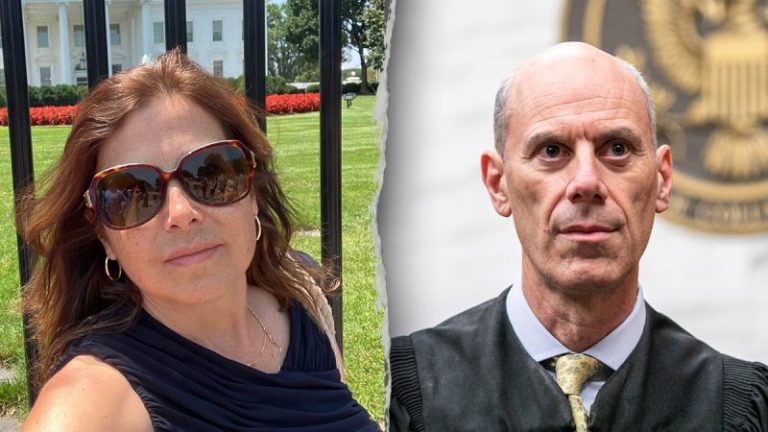It’s been a historic week for precious metals, with gold nearly hitting the US$3,600 per ounce mark, and silver passing US$41 per ounce for the first time since 2011.
The gold price spent the summer in a consolidation phase, and part of what’s spurring its latest move is expectations that the US Federal Reserve will lower interest rates at its next meeting.
The central bank has held rates steady since December 2024, even as President Donald Trump places increasing pressure on Fed Chair Jerome Powell to cut.
Powell’s August 22 speech in Jackson Hole, Wyoming, began stoking anticipation of a cut, and August US jobs data, released on Friday (September 5), has all but guaranteed it will happen.
Non-farm payrolls were up by 22,000, significantly lower than the 75,000 expected by economists. Meanwhile, the country’s unemployment rate came in at 4.3 percent.
CME Group’s (NASDAQ:CME) FedWatch tool now shows a 90.2 percent probability of a 25 basis point rate cut in September, with a 9.8 percent probability of a 50 basis point reduction.
Bond market turmoil also helped move the gold price this week.
Yields for 30 year US bonds rose to nearly 5 percent midway through the period, their highest level since mid-July, on the back of a variety of concerns, including tariffs, inflation and Fed independence.
Globally the situation was even more tumultuous, with 30 year UK bond yields reaching their highest point since 1998; meanwhile, 30 year bond yields for German, French and Dutch bonds rose to levels not seen since 2011. In Japan, 30 year bond yields hit a record high.
Tariff developments have also created uncertainty this past week.
After an appeals court upheld a ruling that many of Trump’s tariffs are illegal, the president’s administration asked the Supreme Court to fast track its review of the decision.
Going back to gold and silver, their recent price activity is certainly raising questions about what’s next. The broad consensus among the experts focused on the sector is positive, but the metals are beginning to get more mainstream attention too.
Notably, investment bank Goldman Sachs (NYSE:GS) now has a gold price prediction of US$4,000 by mid-2026, although the firm notes that the yellow metal could rise to nearly US$5,000 if just 1 percent of private investors shift from treasuries to gold.
‘If 1 per cent of the privately owned US Treasury market were to flow to gold, the gold price would rise to nearly $5,000 per troy ounce’ — Daan Struyven, Goldman Sachs
Bullet briefing — Hoffman on gold, Hathaway on silver
It’s been a short week, at least in North America, so instead of the usual news stories this bullet briefing will highlight a couple of my favorite recent interviews.
Nothing in gold’s path
First is Ken Hoffman of Red Cloud Securities. It was my first time speaking with Hoffman, and he made a compelling case for how gold could get to US$10,000.
Watch the full interview with Hoffman above.
Silver a ‘smouldering volcano’
Next is John Hathaway of Sprott. He shared what he thinks will be the trigger for gold’s next move higher — a major decline in equities — but he also discussed his bullish outlook on silver, which moved past US$40 not long after our interview.
Watch the full interview with Hathaway above.
We’re definitely entering uncharted territory right now, and I want to make sure I bring you commentary from the experts you want to hear from — drop a comment below to let me know who you’d like me to talk to, and also what questions you have.
Securities Disclosure: I, Charlotte McLeod, hold no direct investment interest in any company mentioned in this article.



